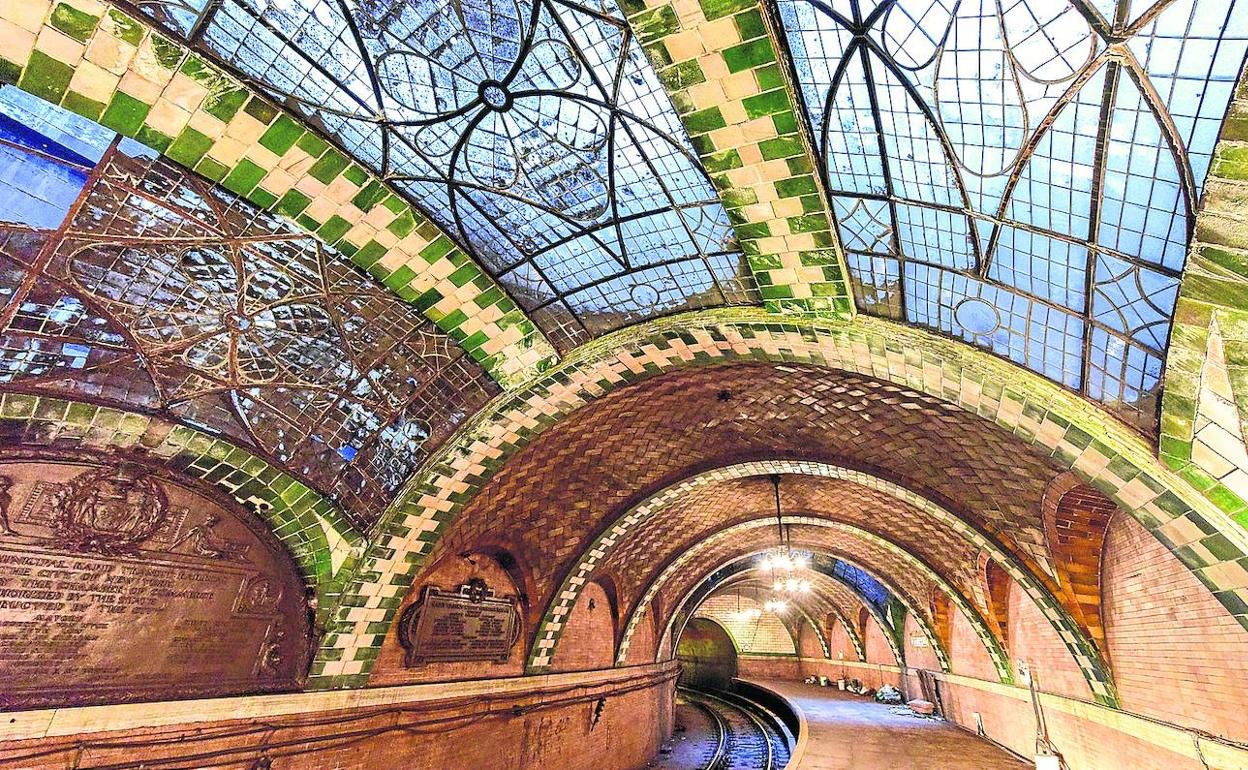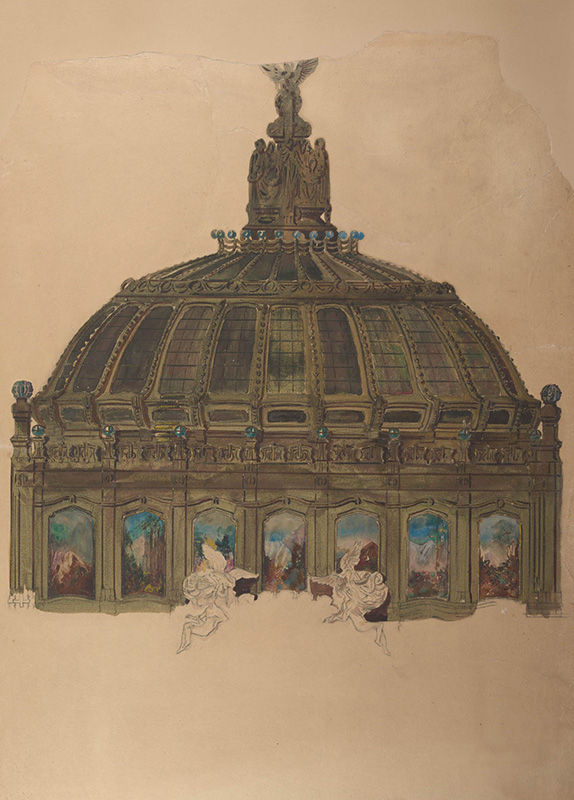
The Spanish Mark on New York: Five Artists Who Bridged Two Worlds
- Eduardo Montes-Bradley

- Aug 12
- 6 min read
Updated: Aug 13
Walk through New York City and you'll encounter traces of Spain woven so deeply into the city's fabric they feel quintessentially American: the Queen Isabella monument overlooking the Hudson in Riverside Park, the luminous Mediterranean murals at the Hispanic Society of America, the beloved Alice in Wonderland in Central Park where generations of children have played. These works are more than artistic achievements—they embody a cultural exchange that reveals how artists navigate between homeland and adopted country, between preservation and transformation.








